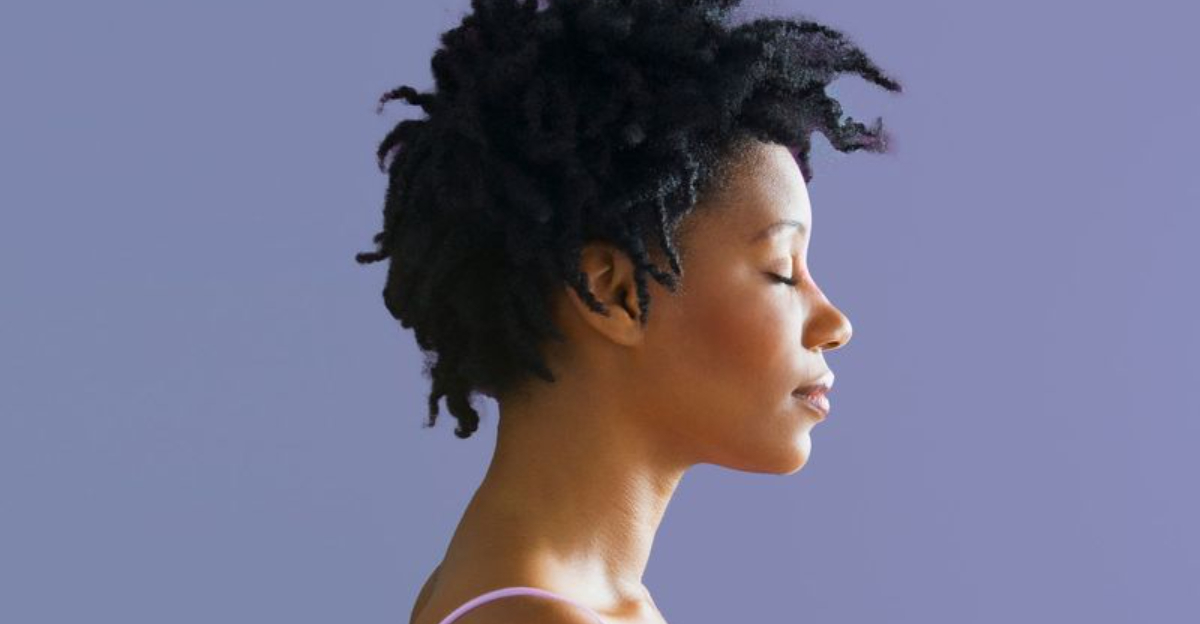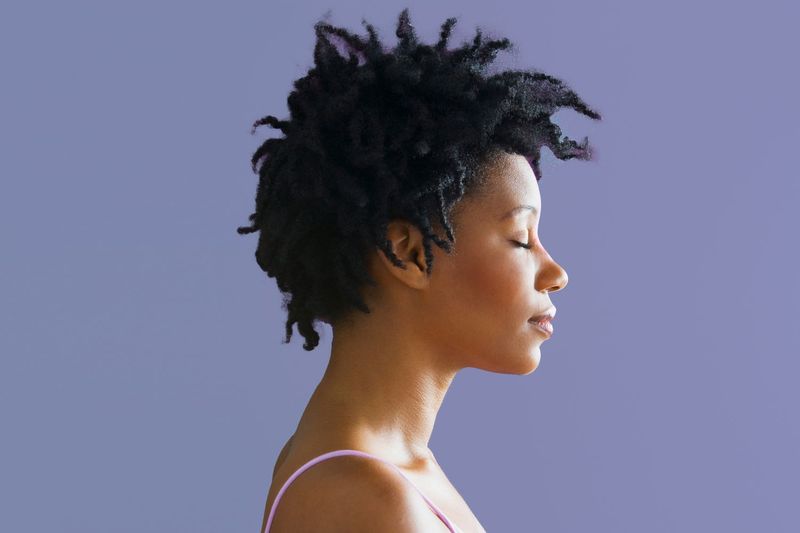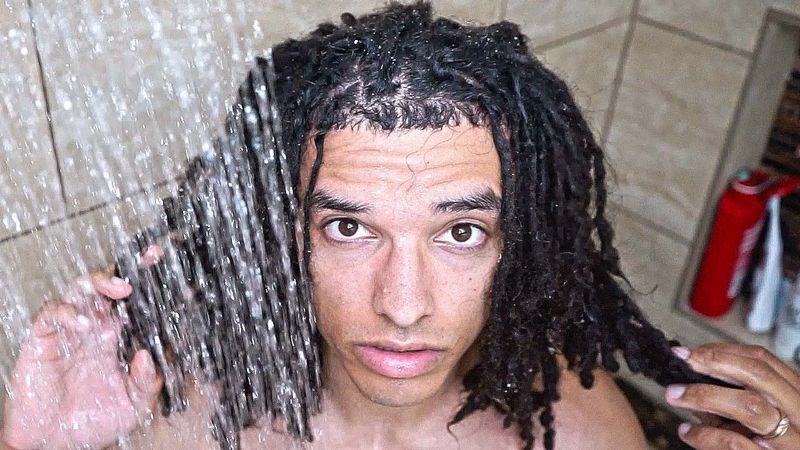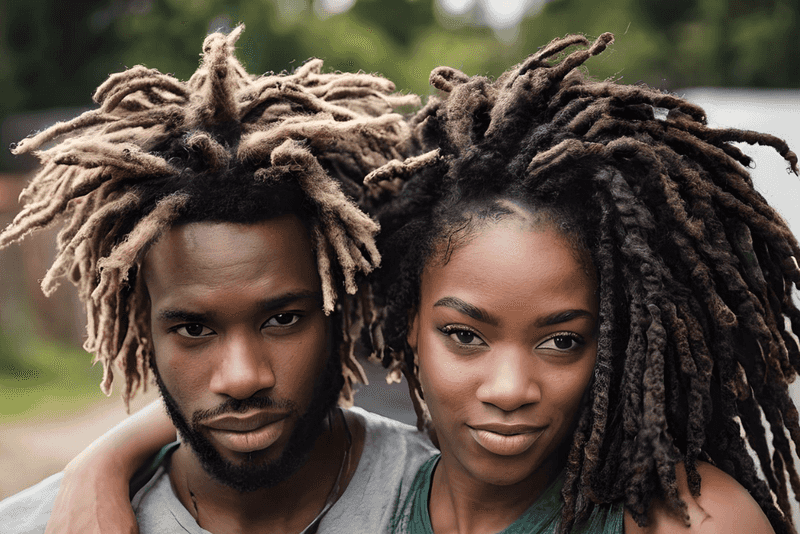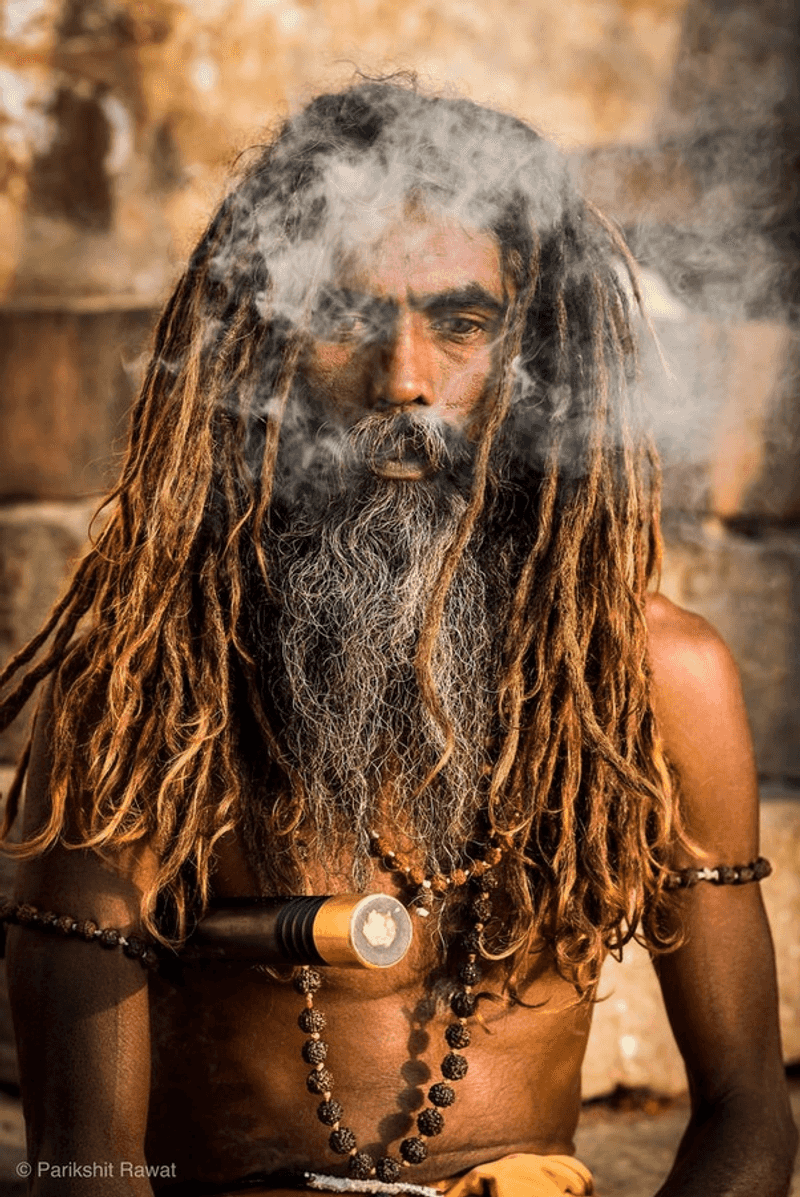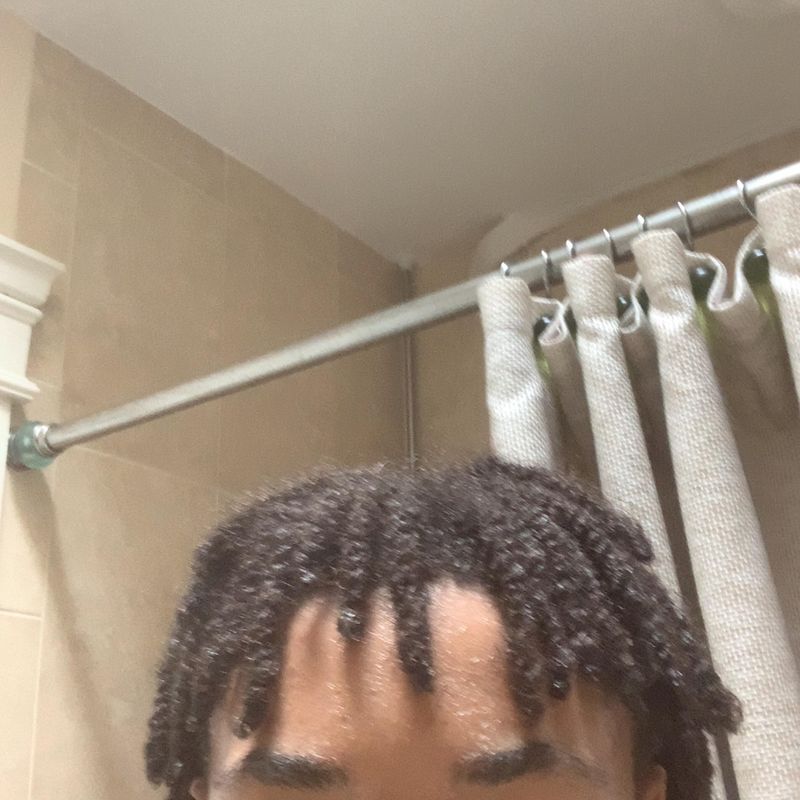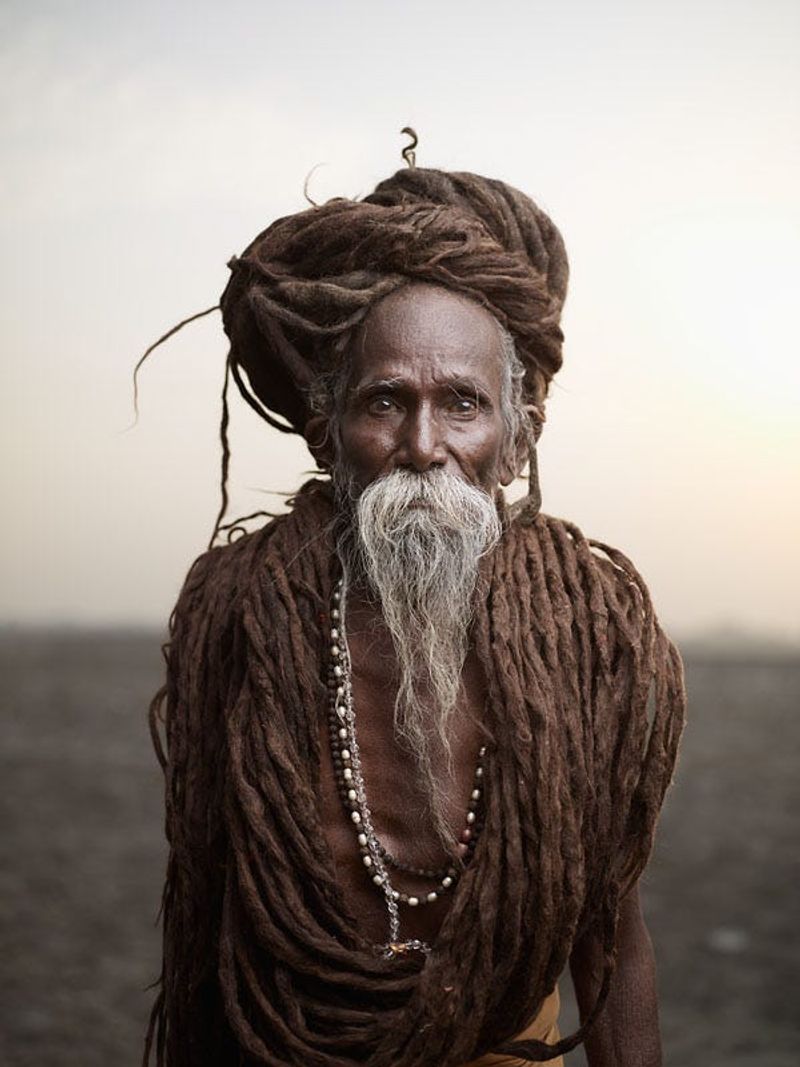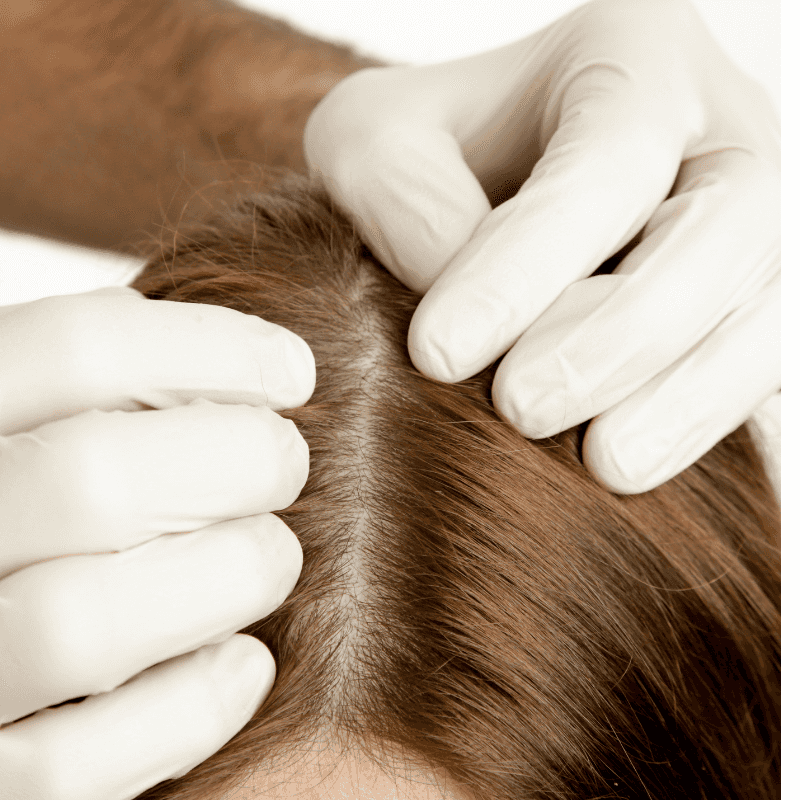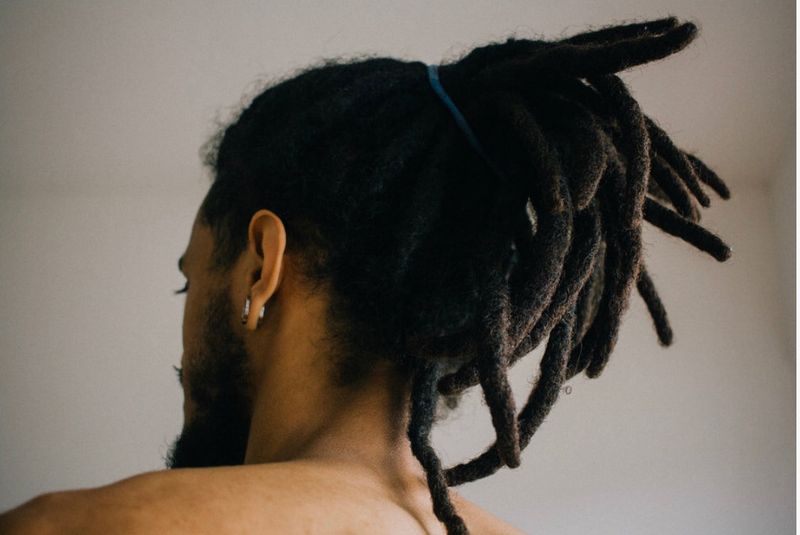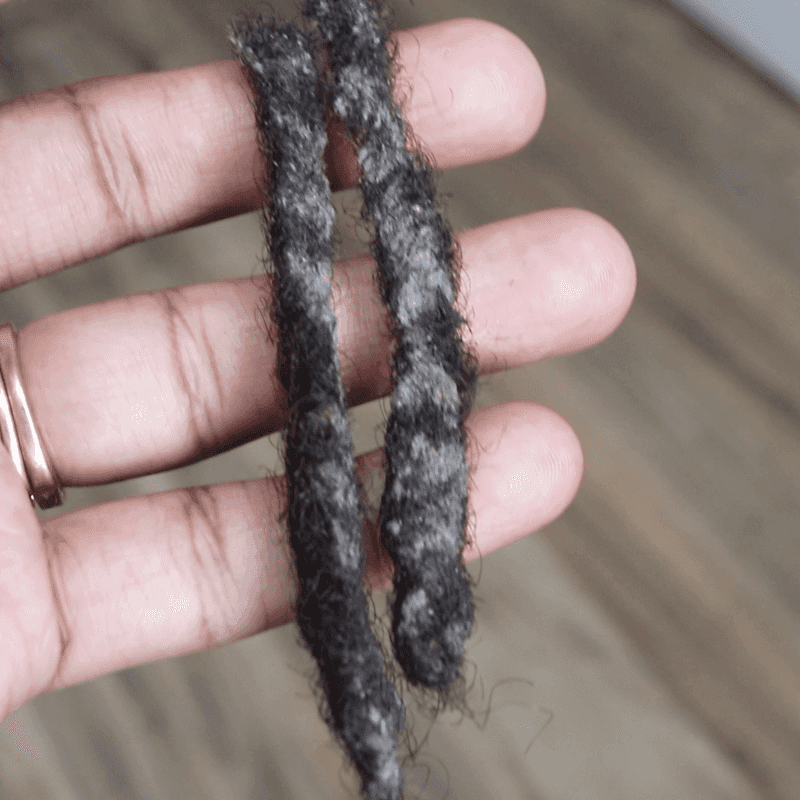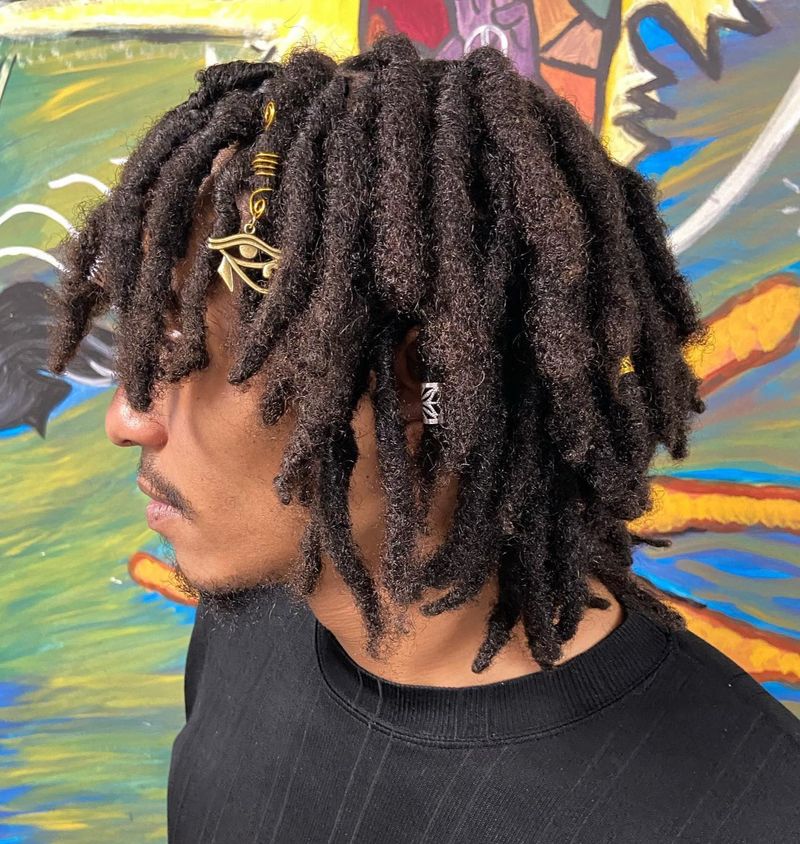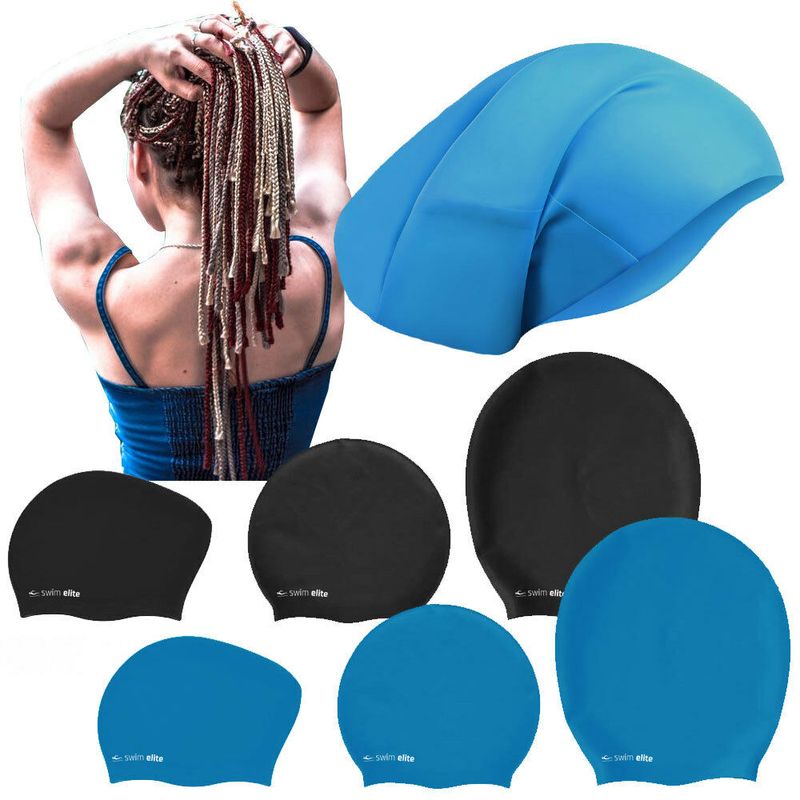Freeform locs are a natural hair journey that lets your hair form its own unique pattern without much manipulation. They celebrate your hair’s natural texture while creating a style that’s truly one-of-a-kind.
If you’re curious about starting this low-maintenance yet deeply personal hair adventure, here’s what you should know.
1. Natural Formation Process
Freeform locs develop on their own as your hair naturally tangles and mats together. Unlike traditional locs, there’s minimal twisting or palm rolling involved.
Your hair decides its own path, creating unique patterns and sizes.
2. Patience Is Essential
The journey to fully formed freeform locs takes time – typically one to two years. During the early months, your hair might look messy or undefined.
Embrace this awkward phase as part of the beautiful process.
3. Washing Still Matters
Clean hair actually locs better! Use residue-free shampoo and wash regularly to remove buildup. Avoid conditioners in the beginning stages as they can slow down the locking process.
Rinse thoroughly after washing.
4. Unique To Your Hair Type
Coily and kinky hair types form freeform locs faster than straight or wavy hair. Your natural texture determines how quickly your locs mature and what they’ll ultimately look like.
No two freeform journeys are identical.
5. Minimal Maintenance Required
Freedom from daily styling is a major perk! Simply separate forming locs occasionally to control their size. Some people never separate them at all, embracing whatever size develops naturally.
Less manipulation means more authenticity.
6. Spiritual Significance
For many, freeform locs represent spiritual growth and connection to ancestors. The journey mirrors personal development – patience, acceptance, and embracing natural beauty without societal constraints.
They’re more than just a hairstyle.
7. Shrinkage Is Normal
Your locs will appear shorter than your actual hair length due to the coiling and matting process. As they mature and gain weight, they’ll gradually hang lower.
Don’t worry about temporary length changes.
8. Cultural Heritage Connection
Freeform locs have deep roots in various cultures, particularly African and Rastafarian traditions. They’ve been worn for centuries as expressions of spiritual belief, resistance, and cultural identity.
Respect their rich history.
9. Scalp Health Importance
Keep your scalp happy with regular cleansing and occasional oil treatments. Scratching can create lint buildup and damage forming locs. Use a gentle massage technique instead to relieve itchiness.
Healthy scalp means healthy locs.
10. Weather Affects Drying Time
Mature freeform locs take longer to dry than loose hair – sometimes over 24 hours in humid weather! Proper drying prevents mildew and unpleasant smells.
Consider using a microfiber towel to speed things up.
11. Lint Happens Naturally
Fuzzy sweaters, cotton pillowcases, and even dust can create lint in your locs. Wearing a satin bonnet at night helps minimize this issue.
Regular maintenance can remove visible lint from the surface.
12. Size Variation Is Beautiful
Freeform locs naturally vary in thickness – some might be pencil-thin while others could be thumb-sized. This organic variety creates a unique, textured look that’s impossible to replicate with uniform locs.
Embrace the diversity!
13. Swimming Requires Extra Care
Chlorine and salt water can dry out freeform locs, making them brittle. Always rinse thoroughly after swimming and consider wearing a swim cap.
Apply a light oil afterward to restore moisture balance.
14. Color With Caution
Dyeing freeform locs is possible but can cause dryness and breakage. Wait until your locs are mature before coloring. Always choose gentle, moisturizing dyes and deep condition afterward.
Consider temporary colors for beginners.
15. Permanent Commitment
Unlike other styles, freeform locs are generally permanent. The only way to remove them is cutting them off or growing them out completely.
Before starting, make sure you’re ready for this long-term relationship with your hair.

